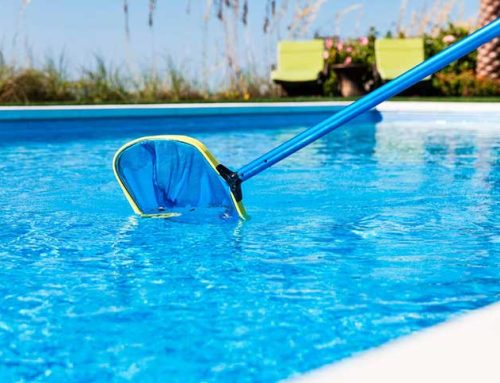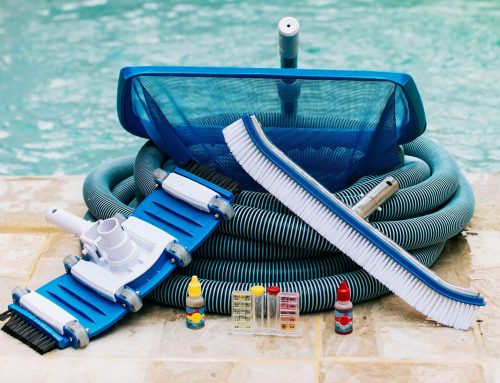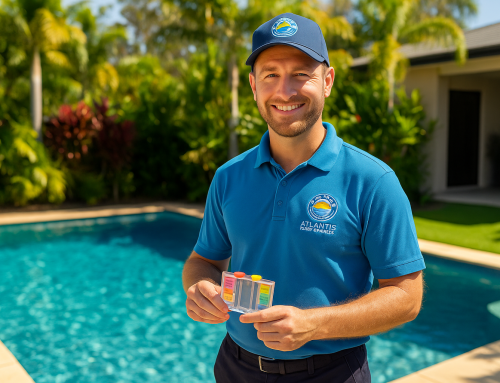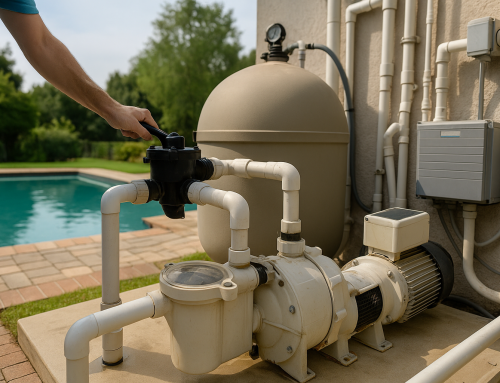When it comes to swimming pool maintenance, safety isn’t just about clean water—it also extends to how we store and handle pool chemicals. One important but often overlooked regulation is the five-year expiry rule on chlorine drums.
At Atlantis Pools in North Lakes, we’re committed to keeping both our customers and our local environment safe. That’s why we want to remind all pool owners and technicians across our service areas—from North Lakes, Redcliffe, Narangba and Deception Bay, Kallangur to Murrumba Downs—that chemical containers must not be refilled or reused if they’re more than five years old.
“It’s not just a safety recommendation—it’s the law,” says Kylie Rojahn, owner of Atlantis Pools. “These drums are designed to carry specific hazardous materials, and after five years, the integrity of the plastic can degrade, making them unsafe to refill or reuse.”
What You Need to Know About Chlorine Drum Regulations
By Australian law, chemical containers have a maximum lifespan of five years. After this point, even if the container looks fine on the outside, it may not be structurally sound.
This regulation exists to:
-
Prevent chemical leaks or spills
-
Minimise risk of accidents during transport or storage
-
Ensure the safety of both technicians and homeowners
Drums that are older than five years can’t legally be refilled, and any attempt to do so could breach health and safety regulations.
How to Check Your Chlorine Drum’s Age
Every chlorine drum has a date stamp located on its base or marked on top of the poisonous labelled container. This stamp will clearly show the month and year of manufacture. From this date, the five-year countdown begins.
“When we receive chlorine drum returns, our team checks every single date stamp before refilling,” Kylie explains. “If the drum is leaking or damaged in any way, we unfortunately can’t refill or return it to the customer. It’s a hard rule, but one that keeps everyone safe.”
Step-by-Step: How to Check Your Drum
-
Flip the drum over carefully (make sure it’s empty or sealed).
-
Locate the date stamp—this is usually embossed into the plastic on the bottom.
-
Check the month and year of manufacture.
-
If it’s more than five years old, it’s time to replace it.
-
Check container is marked poisonous, not leaking or damaged and is fit for purpose for liquid chlorine only.
Atlantis Pools is happy to assist if you’re unsure how to read the date or whether your drum is still fit for purpose and in good condition.
Who’s Responsible?
The responsibility for checking the drum’s age lies with the person returning the drum—whether that’s a pool shop, technician, or pool owner.
“We understand that people are busy and things get overlooked,” says Kylie. “That’s why we’re helping raise awareness. Before bringing your drum in, take a quick look underneath—if it’s out of date, we won’t be able to refill it.”
What to Do with Out-of-Date Drums
Once a chlorine drum reaches the five-year mark, it should be safely retired. If it’s empty and clean, many councils allow disposal via regular waste services, but check your local guidelines for chemical container disposal.
Chemical containers must be disposed of correctly and safety, they can be returned to place of purchase, best to check with your local supplier. Outdated chemical containers such never be re-used, re-filled or re-purposed again.
Stay Safe and Stay Informed
At Atlantis Pools, we value the trust our North Lakes community places in us. Safety is always a top priority—whether we’re testing water, supplying pool products, managing any chemical container returns.
“If in doubt, just ask,” Kylie adds. “We’re here to support homeowners and the community alike with expert advice and up-to-date information. It’s part of our commitment to safer, smarter pool care for everyone.”
Have questions about your chemical container or how to use chemical products? Please bring it in and our team will happily inspect it for you.
📞 (07) 3491 9700
📧 atlantispoolshop@bigpond.com
🌐 www.atlantispoolshop.com.au




